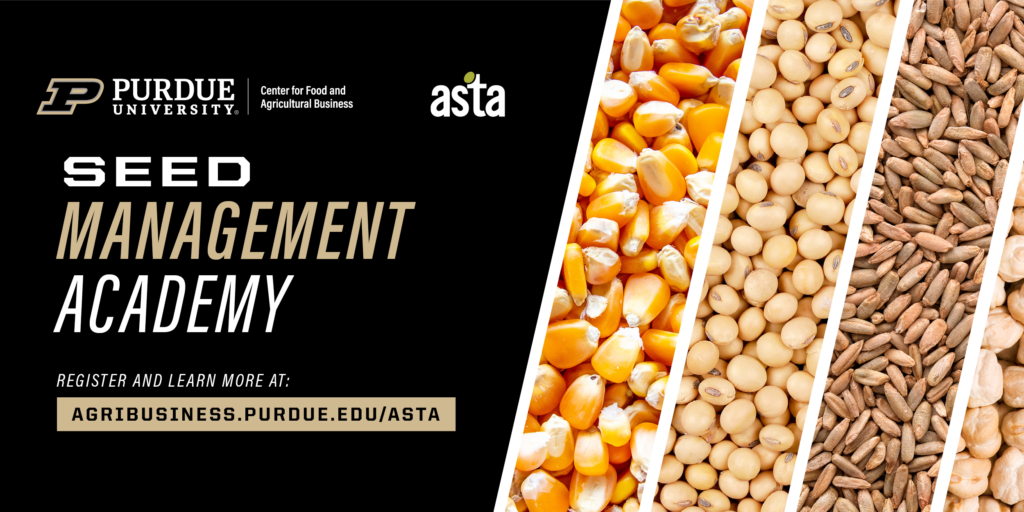 Reviewer
Reviewer
Z. Mati Mohammadi, PhD Student & Graduate Research Assistant, Purdue University Department of Agricultural Economics
See more from Mati on Twitter or LinkedIn.
Article
Customer Satisfaction and its Impact on the Future Costs of Selling by Leon Gim Lim, Kapil R. Tuli and Rajdeep Grewal
Journal
Journal of Marketing 2020, Vol. 84(4) 23-44
Summary
The cost of selling (COS) is defined as the expenditure incurred by a firm to 1) persuade customers to purchase a firm’s goods and services, and 2) make it convenient for customers to do so, such as sales commissions, marketing and advertising expenses. Customer satisfaction is one of the performance measures used to determine the efficiency of firms and their activity. The American Customer Satisfaction Index (ACSI) is the only national cross-industry measure of customer satisfaction in the United States. ACSI measures the quality of goods and services based on a new type of market-based performance measure for firms, industries, economic sectors and national economies. They have been publishing ACSI quarterly since 2010[1].
This paper explores the effect of customer satisfaction on future costs of selling. The authors of this article collected ACSI scores and accounting data from Standard & Poor’s COMPUSTAT databases of 128 firms (1,207 observations) from 1994 to 2013 and measured firms’ COS using the selling expenses obtained from their selling, general and administrative expenses.
The authors’ results show customer satisfaction has a significant negative effect on future costs of selling. They also measured the size of the impact of customer satisfaction on two different elements of COS. While customer satisfaction has significant negative effects on both measured elements, in general, customer satisfaction has a significantly larger negative effect on costs of persuasion such as advertising, which is significantly higher than on the future cost of providing convenience to the customer. Regarding the effect of customer satisfaction on the cost of persuasion, the results of this paper show it is stronger on diversified firms but weaker on the future costs of convenience for diversified firms. The results also show that when firms have higher capital intensity and financial leverage, the impact of customer satisfaction on the future cost of persuasion is weaker.
Type of industry is also important, as the effect of customer satisfaction on future COS is stronger when industry growth and industry labor intensity increase. Finally, the authors’ results show that customer satisfaction has a stronger negative effect on the future cost of convenience in concentrated industries.
What this means for Food and Agricultural Business
So, what are the implications and applications of this framework and results for food and agricultural business firms? Minimizing cost or cost efficiency is one of the most common quantitative performance measures and essential concepts in a firm’s decision making process. The food and agribusiness industry is the same as other industries in that managers attempt to reduce cost by using different strategies, and the result of this paper regarding the effect of customer satisfaction on COS is useful for agribusiness firms. The understanding of different variables affecting the cost of selling and designing strategies to reduce this cost by efficiently allocating resources will help agribusinesses to increase profit.
Reduction in the cost of selling categorized in cost of persuasion and cost of convenience will help agribusiness managers, especially marketing managers, to more effectively decide how much money should be spent and where. Knowing more about customer satisfaction as one of the firm’s performance measures and its different impacts on the future cost of selling will help agribusinesses decide how much money they should spend on customer satisfaction and what they can expect from their investment. It is also important to have a thorough understanding of the effects of a firm’s characteristics on the relationship between customer satisfaction and each COS element.
This paper’s findings are aligned with other research in this context which emphasize the importance of customer satisfaction in agribusiness marketing. The increase in customer satisfaction does not only increase firms’ brand loyalty and word of mouth for prospective customers, but also has a large negative impact on the cost of selling by reducing both persuasion and convenience elements of COS.
In a more detailed look at the effects of consumer satisfaction on COS, agribusiness managers should understand that the more diversified their firm, the stronger negative effect of customer satisfaction on future COS. Therefore, the agribusiness diversified firms have the chance to leverage the benefits of a strong impact on the future cost of selling, especially in persuasion costs across their business segments by investing in customer satisfaction. On the other hand, increase concentration in the industry amplifies the negative effects of customer satisfaction on the cost of convenience. The more concentrated agribusiness firms can expect a sizable decrease in their customers’ convenience costs by allocating resource on activities which result in higher customer satisfaction.
Agribusiness firms must consider the effects of customer satisfaction on COS before deciding on selling plans and investments. The negative effect of customer satisfaction on selling is larger in industries with higher growth, as well as in more labor-intensive industries. So, it is vital for managers in these types of industries to consider not overinvesting in selling activities and ignoring all of the benefits they can gain from customer satisfaction.
Looking at other studies consistent with this paper prove that the link between customer satisfaction and financial performance, purchase intentions, actual customer retention, loyalty, and revenue is a strong link that should be taken into account in resource allocations[2].
Footnotes
[1] https://www.theacsi.org/
[2] Williams, P., and E. Naumann. 2011. “Customer satisfaction and business performance: a firm‐level analysis.” Journal of Services Marketing 25(1):20–32.



